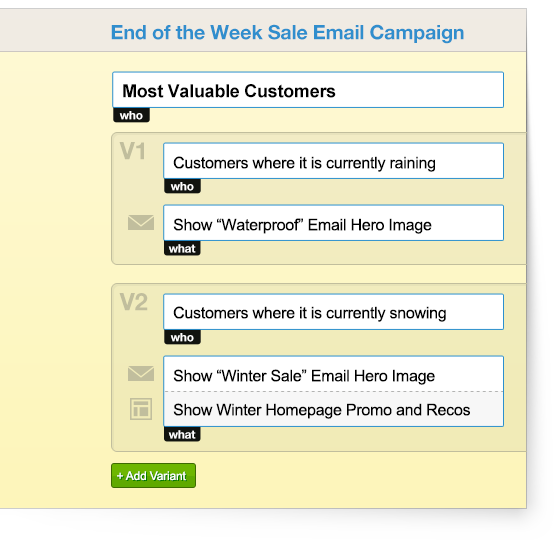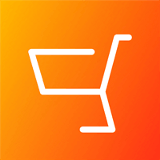How to Use the Weather for Better Email Relevancy

Marketers are finally capitalizing on Mother Nature's fickle weather patterns, thanks to the emerging trend of weather-based email marketing.
Weather offers marketers a unique way to personalize their email campaigns, which is the key to success when it comes to email marketing. In fact, a recent study from Experian Marketing reveals that personalized promotional email messages have 29 percent higher unique open rates and 41 percent higher unique click rates than non-personalized messages.
Although many marketers already personalize their campaigns with tactics like segmenting subscribers based on interest or sending recovery messages to shoppers who have abandoned their carts, weather-related campaigns can provide a new level of personalization. While marketers can manually launch weather-related campaigns by segmenting their subscribers by location and paying attention to local forecasts, they can also leverage technology to make the process a bit easier. Monetate's email personalization features (pictured), for example, enable marketers to deliver weather-related email content that is personalized at the open-time. Conversely, EA Rainmaker enables marketers to create email triggers that will automatically send messages to customers in areas where pre-defined weather conditions take place.

To start connecting with subscribers based on forecasted conditions, marketers need a plan of action. Read below to discover three ways weather can be leveraged for better relevancy within the inbox:
First Day of (Season) Sale
Promoting a sale for the first day of a season is among the more common types of weather-related marketing strategies, as many brands will promote "Get Ready for Warm (or Cold) Weather" sales and specials. Marketers, however, can shake up this strategy by paying close attention to local weather forecasts and creating content accordingly. For example, marketers could create a campaign to promote leftover winter inventory if the first day of spring is forecasted to have cool temperatures. The subject line could read "Spring is Here, But it's Still Cold" in order to address both the new season and the current weather. Not only does this strategy help marketers get rid of leftover inventory, but it is also relevant and personal for subscribers.
Rainy Day Promotion
Consumers like to stay indoors on rainy days, but marketers can persuade subscribers to venture out to brick-and-mortar stores or shop online by promoting a sale or offering an incentive. An apparel retailer, for example, could offer a 20 percent off coupon to their subscribers, while a pizzeria owner could promote a $15 meal deal for delivery. In order to generate more opens, however, marketers should include weather-related terms in the subject line of the email message. In doing so, subscribers will be more likely to open the message because it is tailored to their current local climate.
Prepare for the Forecast
Instead of leveraging technology that changes the content of sent messages based on the subscribers' open-time and current forecast, marketers can create campaigns based on weeklong forecasts. For instance, if a marketer for an online pet retailer has a lot of subscribers in Chicago and the local forecast features low temperatures and intermittent flurries, the marketer could create a campaign that tells subscribers to get their pooch prepared for the week's cold temps and snow with discounted coats and boots. Conversely, the marketer could target Florida subscribers with a "Don't Let Your Pup Turn Into a Hot Dog" subject line during a heat wave, with the message containing content for sales on cooling pads or portable water bowls for dogs.










